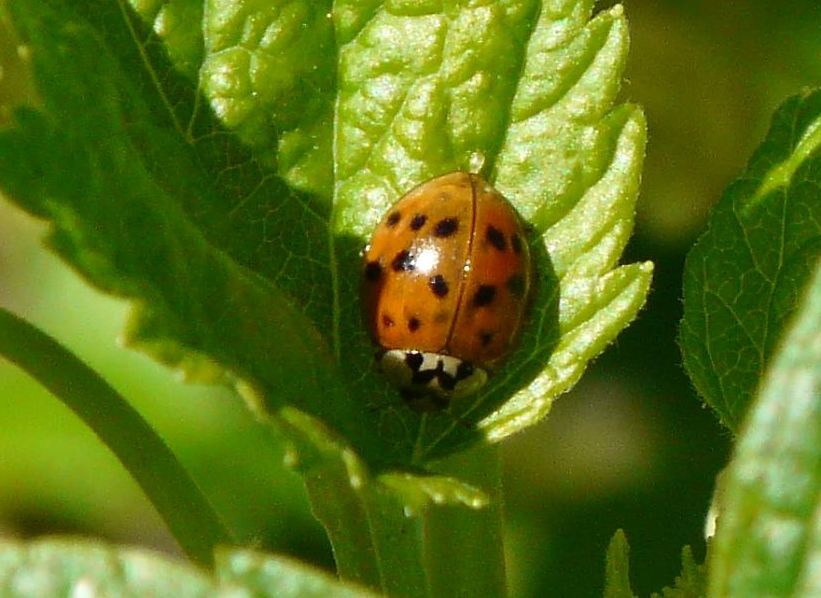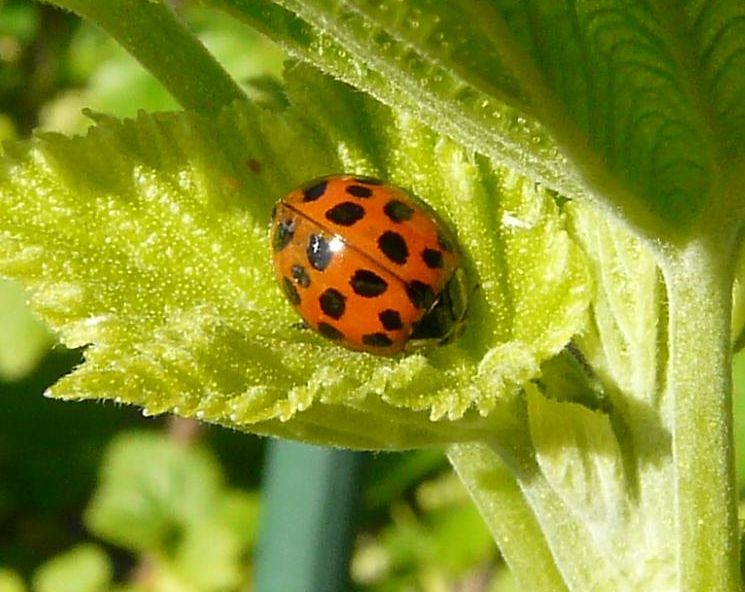April 29
2017 April 29
Callophrys versus Incisalia
Jeremy Tatum
I have been labelling our elfins in this site under the genus Incisalia. It has been suggested to me that Incisalia is an “invalid” appellation, and that I should be using Callophrys instead. I am by no means unaware of this situation, but unfortunately it is not as simple as asserting that one name is wrong and the other name is right.
The generic, specific and English names of our elfins have been changing every few years for as long as I remember – the Brown and Moss’s Elfins even more so than the two Pine Elfins. In particular they have long been bouncing back and forth between Incisalia and Callophrys. Who, for example, would imagine that the Salal Butterfly Callophrys augustinus is the same as the Western Brown Elfin Incisalia iroides?
To those who retain the two names as separate genera, North American elfins come in two colours – green (there are none of these in Victoria) and brown. The green ones are Callophrys, and the brown ones are Incisalia. Apparently, however, when you look at species from around the world in these genera, the distinction between green and brown elfins become much less distinct, and it looks more and more as if they should all be placed in a single genus – namely the older of the two names, Callophrys.
So, what should I do in the Invertebrate Alert site? Since the site started in 2010 (when the generic name used was Incisalia), we have posted 55 photographs of elfins – 10 of the Western Pine, 29 of the Western Brown, and 16 of Moss’s. Should I go back through the site changing the labels on all 55 photographs on our Web site as well as on the original master copies, and also the Index entries? This would be a rather large and time-consuming job – the more so when I point out that the elfins are by no means the only butterflies with a long and complicated taxonomic history. I would be prepared to do this, provided that I were to get a firm assurance from the taxonomists that they would not change their minds yet again. (Unlikely!) Or should I leave the past entries as they are, but from now on use the name Callophrys? In that case the butterflies would have different names on different dates in the Invert Alert site.
Being a firm believer in the adage “if it ain’t broke, don’t fix it”, and also conscious of the amount of time I can devote to such matters, I am going to continue, at least for the time being, to use the name Incisalia. I hope that viewers will understand that this is not because of ignorance, and that they will in any case agree with Juliet when she asked: “What’s in a name? That which we call a rose by any other name would smell as sweet.”
One last small point may be of interest to those of us who have some familiarity with British butterflies. It will be noticed that the Green Hairstreak is structurally more similar to what we in North America call elfins than to more typical hairstreaks. For example, it has no tails, and it has a (very) slightly recurved hindwing tornus. It is a green butterfly, and is a Callophrys.
And, talking of names, Annie Pang sends in photographs of the ladybird beetle Harmonia axyridis, which has had so many English names attached to it that I call it the “Many-named Ladybird”. It is also very variable in colour pattern, but it can often be recognised by the W mark on the top of the thorax, well shown in the first of Annie’s photographs below.

Harmonia axyridis (Col.: Coccinellidae) Annie Pang

Harmonia axyridis (Col.: Coccinellidae) Annie Pang
